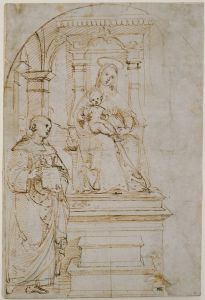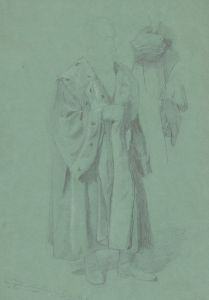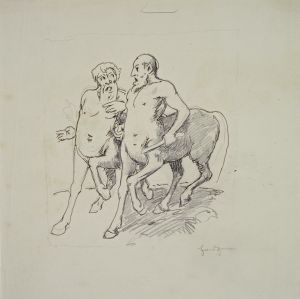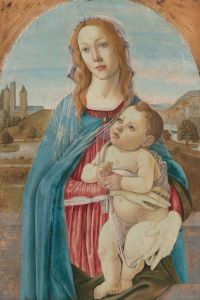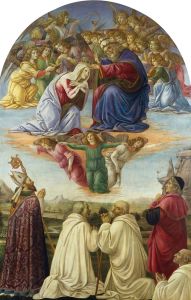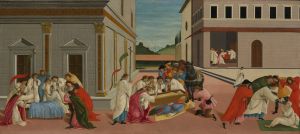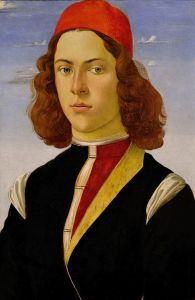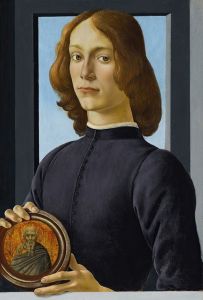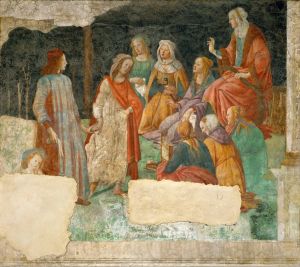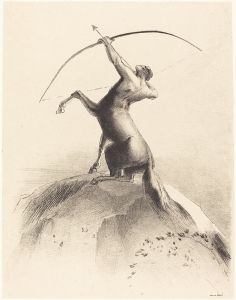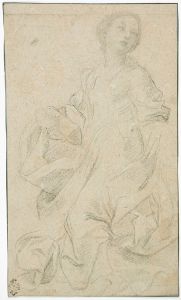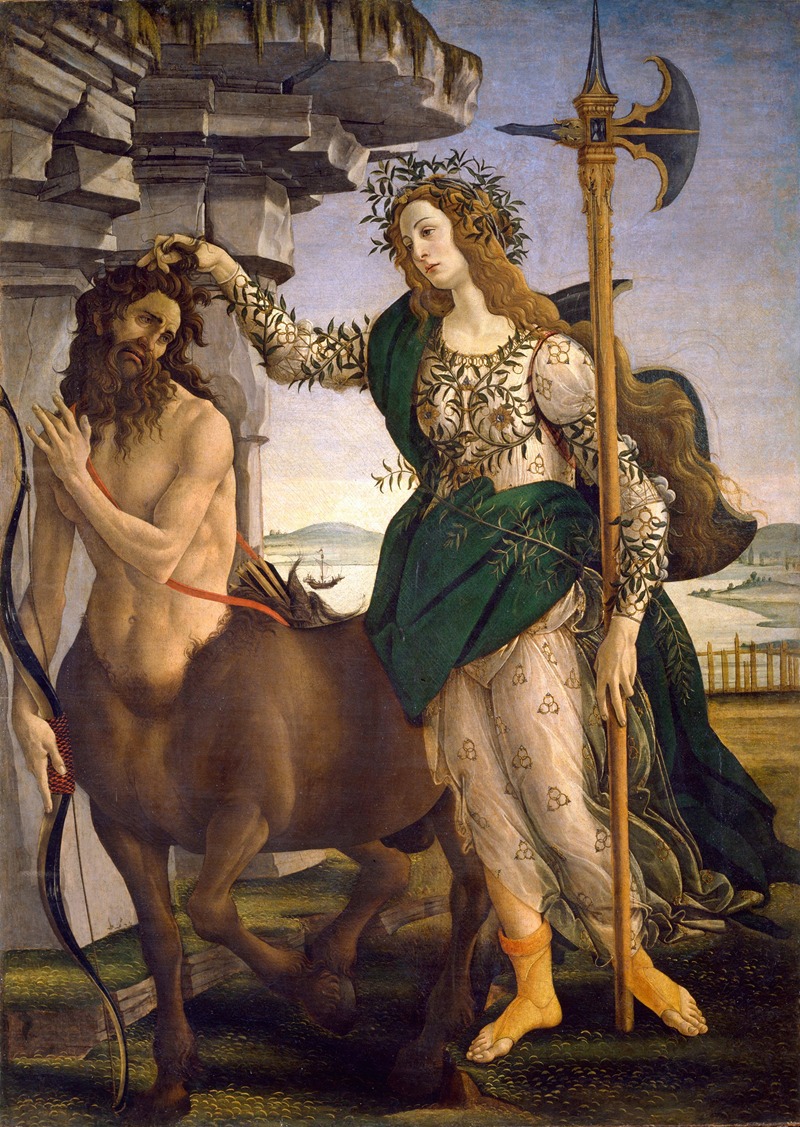
Pallas And The Centaur
A hand-painted replica of Sandro Botticelli’s masterpiece Pallas And The Centaur, meticulously crafted by professional artists to capture the true essence of the original. Each piece is created with museum-quality canvas and rare mineral pigments, carefully painted by experienced artists with delicate brushstrokes and rich, layered colors to perfectly recreate the texture of the original artwork. Unlike machine-printed reproductions, this hand-painted version brings the painting to life, infused with the artist’s emotions and skill in every stroke. Whether for personal collection or home decoration, it instantly elevates the artistic atmosphere of any space.
Sandro Botticelli's painting "Pallas and the Centaur" is a notable work from the Italian Renaissance, created around 1482. This artwork is housed in the Uffizi Gallery in Florence, Italy, and is recognized for its allegorical content and exquisite execution, characteristic of Botticelli's style.
The painting depicts a mythological scene featuring two primary figures: Pallas, also known as Athena, the Greek goddess of wisdom and warfare, and a centaur, a creature that is half-human and half-horse. In the composition, Pallas stands to the left, holding the centaur by the hair with her left hand, while her right hand holds a halberd, a type of pole weapon. The centaur, positioned to the right, appears subdued and compliant, gazing towards Pallas with a resigned expression.
Botticelli's portrayal of Pallas is notable for her attire, which includes a flowing gown adorned with olive branches, a symbol often associated with peace and victory. Her hair is also intertwined with olive leaves, further emphasizing these themes. The centaur, in contrast, is depicted with a muscular human torso and the body of a horse, embodying the duality of human intellect and animalistic instincts.
The painting is often interpreted as an allegory of reason and restraint triumphing over base instincts and chaos. Pallas, representing wisdom and civilization, subdues the centaur, symbolizing the untamed and irrational aspects of human nature. This theme aligns with the humanist ideals of the Renaissance, which emphasized the power of knowledge and reason.
"Pallas and the Centaur" was likely commissioned by the Medici family, who were prominent patrons of the arts during the Renaissance. The Medici were known for their interest in classical mythology and philosophy, and Botticelli's work often reflected these interests. The painting's allegorical content may have been intended to convey messages of political or moral significance, resonating with the Medici's role as leaders and patrons of Florence.
The background of the painting features a serene landscape with a distant horizon, typical of Botticelli's work, which often includes detailed and harmonious natural settings. The use of light and shadow, as well as the delicate rendering of textures, showcases Botticelli's mastery of the tempera medium.
Overall, "Pallas and the Centaur" exemplifies Botticelli's skill in combining classical themes with the artistic innovations of the Renaissance. The painting remains an important example of the period's exploration of mythological subjects and continues to be studied for its artistic and historical significance.






